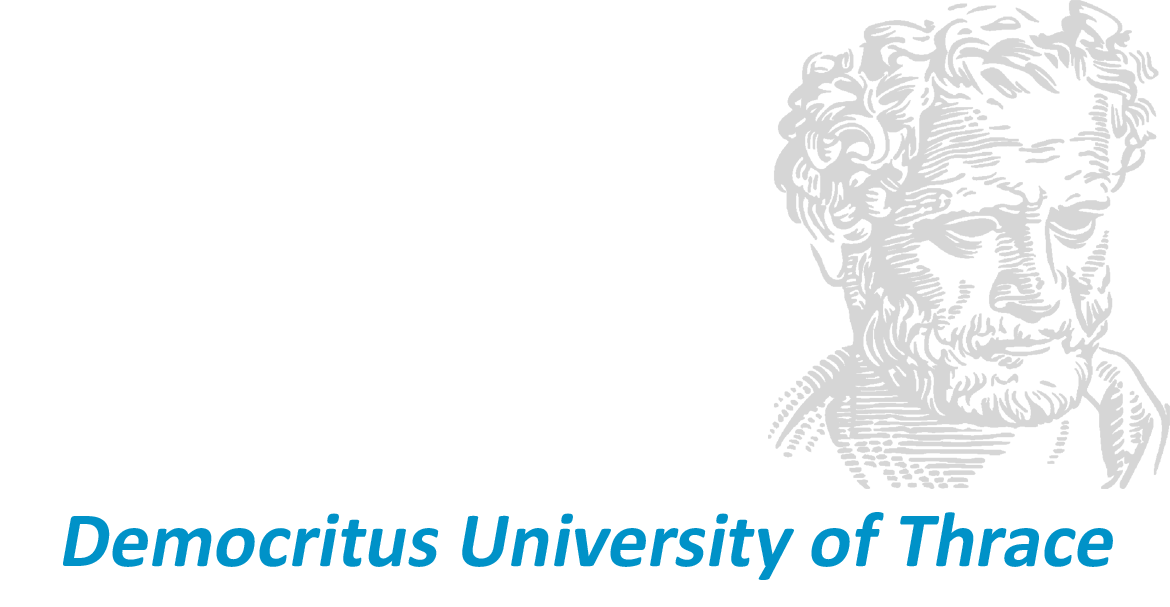Contents:
The goal of the course is to develop the quantitative and qualitative theory of differential and difference equations and to look at relevant examples which illustrate this theory.
Section 1: Ordinary Differential Equations
a. First – order differential equations, Domar growth model, Dynamics of market prices
b. Nonlinear differential equations: The qualitative approach. Solow growth model
c. Second- order linear differential equations. A market model with price expectations. The interaction of inflation and unemployment
Section 2: Difference Equations
a. First – order linear difference equations, the dynamic stability of equilibrium, the cobweb model, a market model with inventory
b. Nonlinear difference equations- the qualitative approach.
c. Second- order linear difference equations, Samuelson multiplier- acceleration interaction model, inflation and unemployment in discrete time
Section 3: Systems of Differential and Difference Equations
a. Linear systems of differential and difference equations. The inflation – unemployment model
b. Nonlinear system: Two – variable phase diagrams, linearization of a nonlinear differential- equation system.
Section 4: Optimal Control Theory
a. Potryagin’s Maximum Principle. Alternative of terminal conditions
b. Autonomous problem
c. Economic applications
Bibliography:
· G. Sarafopoulos, N. Mylonas, Mathematical Economics (in Greek), Ed. Tziolas,2019 (Primary textbook)
· E. Dowling, Introduction to Mathematical Economics, McGraw – Hill (Shaum’s series), 2001
· M. Hoy et al. Mathematics for Economists, Addison Wesley, 2001
· C. Simon – L. Blume, Mathematics for Economists Norton Co.,2004
Teachers
Click to view more information about each teacher.
| Name | Title | |
|---|---|---|
| Sarafopoulos Georges | Professor | gsarafop@econ.duth.gr |


